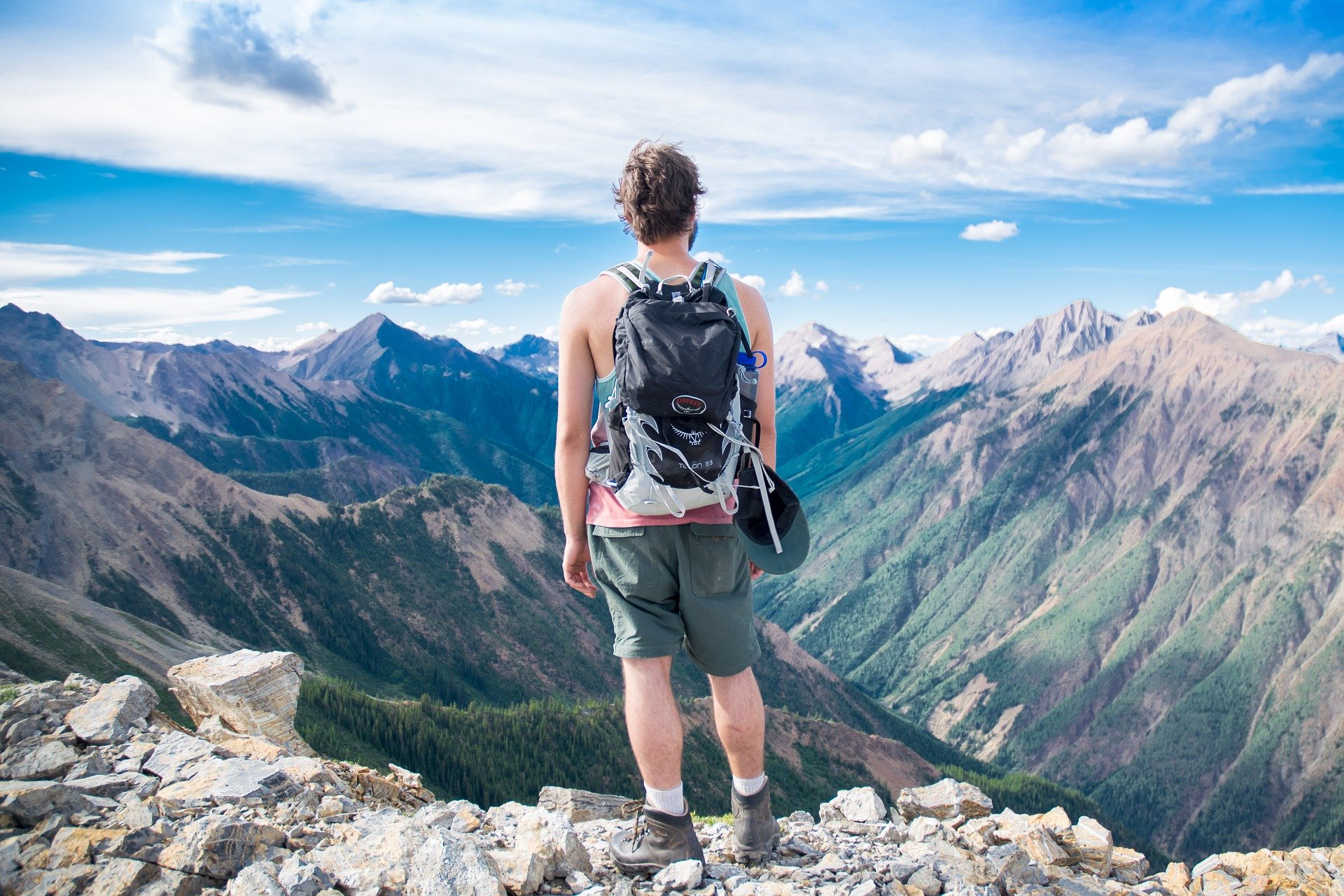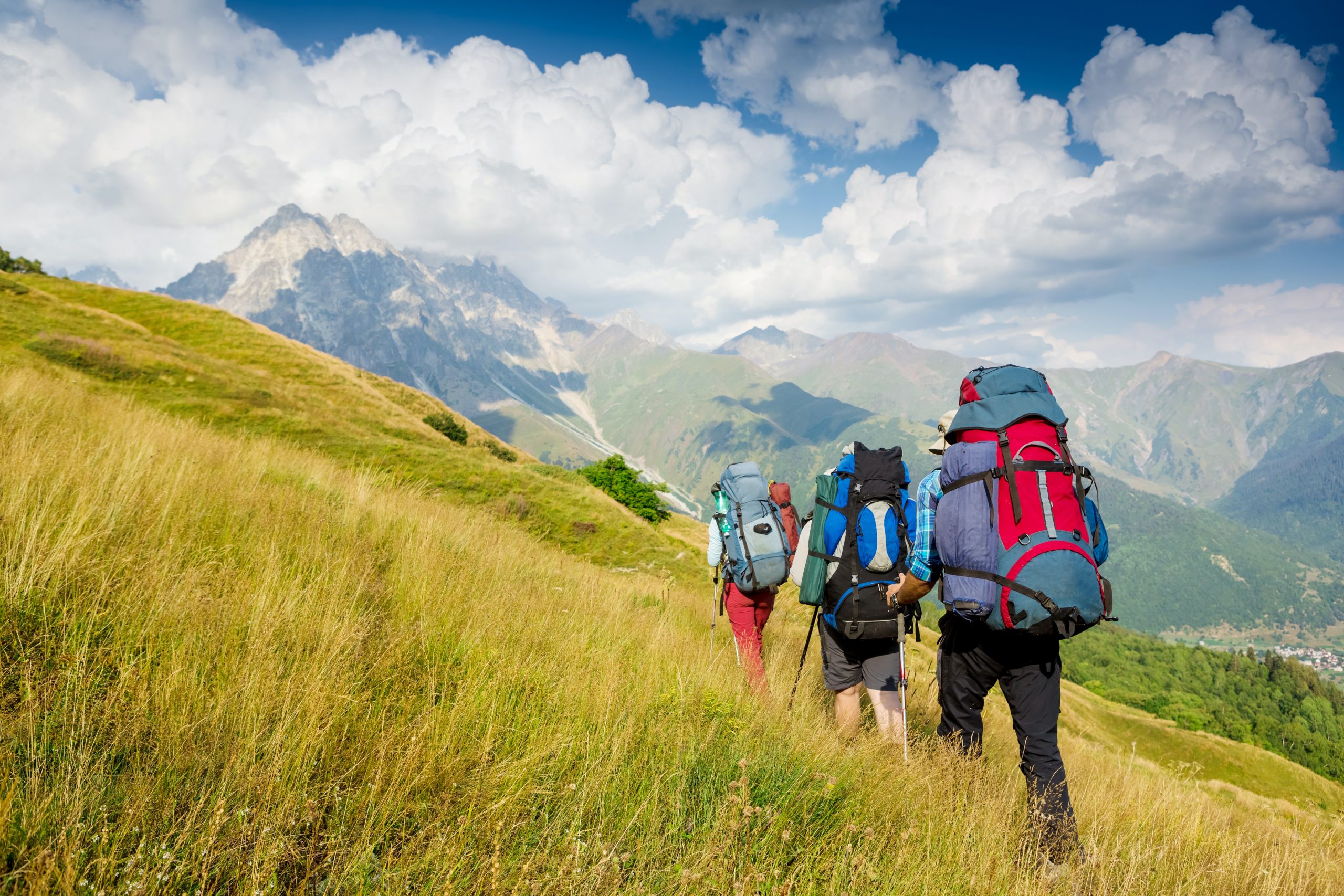 Hiking is an organised movement of a group of people in nature, the purpose of which is active recreation. There are many types of hikes and their goals. In this article, we describe those types of tourist trips that fit several classification criteria. Describe each species and define the differences.
Hiking is an organised movement of a group of people in nature, the purpose of which is active recreation. There are many types of hikes and their goals. In this article, we describe those types of tourist trips that fit several classification criteria. Describe each species and define the differences.
Why people go camping
When people go on a journey, they have different goals:
- Research or scientific achievements. Among them is conducting excavations, gathering information or determining a new route.
- Local history. Participants of such an expedition are going to go to another region to learn the history, culture and natural features of the region.
- Recreational. Tourism helps a person to distract from problems and reunite with nature. There, he can rest body and soul, and also replenish his energy.
- Sports. Hiking is considered as a competition in the field of sports tourism. Sports hiking is a real type of sport. Every tourist receives a prize for high achievement.
- Sightseeing area. It is similar to local history, but differs in that the excursion involves a superficial acquaintance with attractions, memorable places and architectural heritage.
- Educational. A group of students goes on a hike with their teacher to learn the basic rules of survival and the basics of tourism.
- Public. People gather in groups of like-minded people ready to go on a hike to benefit. For example, they organise a hike in those areas where you need to clean up, where you can collect useful herbs, or deal with the consequences of an emergency.

Location types of hiking
This classification is most popular as it reflects the purpose, mode of travel and destination:
- Regular hiking. It is considered the most common and comfortable type of hiking because it does not require the tourist means of travel. The hiking route is what the organisers create in such locations as taiga, swamp or foothills.
- Mountain hiking. This is almost the same as a hiking trip as participants move without transport. There is a landscape of the area to which tourists go. Usually a mountain hike is organised to the highlands, to the canopy hills. The second difference of this species is that mountain hikes are located at heights. Tourists have to adapt to new conditions and even fight against mountain disease. Nevertheless, you should have good physical training to go to the mountains, as well as have a great knowledge of the basics of tourism and special equipment.
- Ski trip. This type of hike is organised on snow-covered mountains and hills, and to move will need skis. Tourists need to have a great physical training, as well as equipment and equipment. Ski runs are considered dangerous and extreme sports. Almost 88% of travellers-skiers are injured, die under avalanches or freeze to death.
- River trekking. Tourists swim on rivers and lakes using kayaks, catamarans or boats. For such a trip, the traveller should use equipment and life jackets. Because alloys are also considered an extreme form of tourism.
- Speleotourism. It involves diving into closed caves for research or sports. Speleotourism is one of the most interesting types of trekking. A lot of people are wrong when they think it’s easy to go to a cave. In fact, the participant must be prepared for danger and climbing, that is, he or she must be strong physically.
- Combined hikes. As a rule, in the process of one trek, the organisers plan to change the place of stay. So, first, it’s movement through the taiga forests, and then rafting on a catamaran.
Classification of hikes and its criteria
| The criterion | Classification |
| A way of organising |
|
| Season |
|
| Format |
|
| Length |
|
